

Damion Smy
Suzuki Fronx recalled after seatbelt failure sparks ‘urgent investigation’
6 Hours Ago
Australians aren't lacking choice, yet each of the top-selling brands still has at least one vehicle we'd love to see join the range here.

Senior Contributor
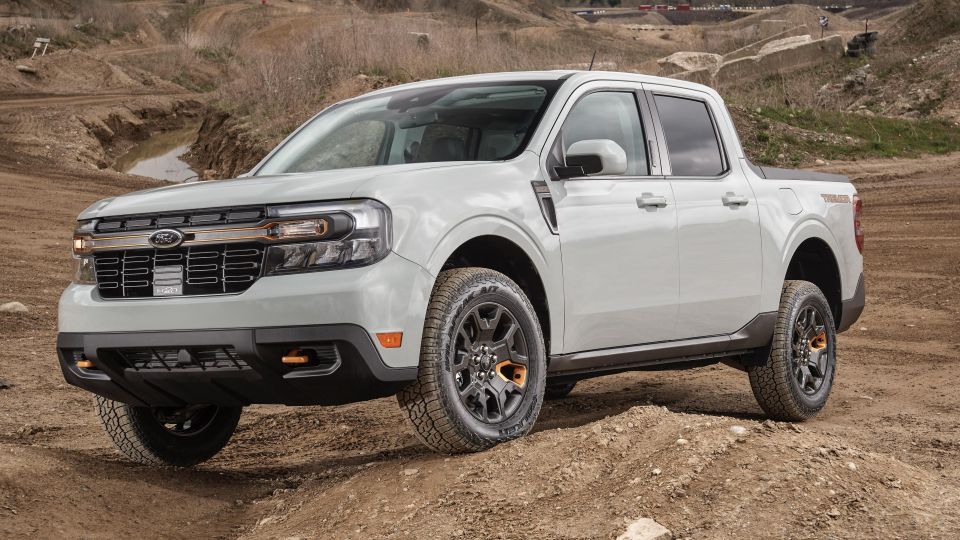

Senior Contributor
Australia is one of the most cluttered car markets in the world, with more than 50 brands fighting for barely a million sales a year.
But even though we’re frankly spoiled for choice, that doesn’t mean we don’t miss out on things that would in all likelihood do great business here.
Often there are reasons why Australian dealers get overlooked: Maybe there’s no business case for right-hand drive production, maybe there’s excessive demand from other regions sucking up all the supply, perhaps local Design Rules throw a spanner in the works.
But hey, let’s have a little fun with it and suggest one vehicle that each of the market’s top 10 brands by sales should bring to Australia, which they presently don’t offer (nor plan to). Yes there are logical explanations, but let’s look past that!
The top 10 brands list is current to the time of writing, meaning January to November.
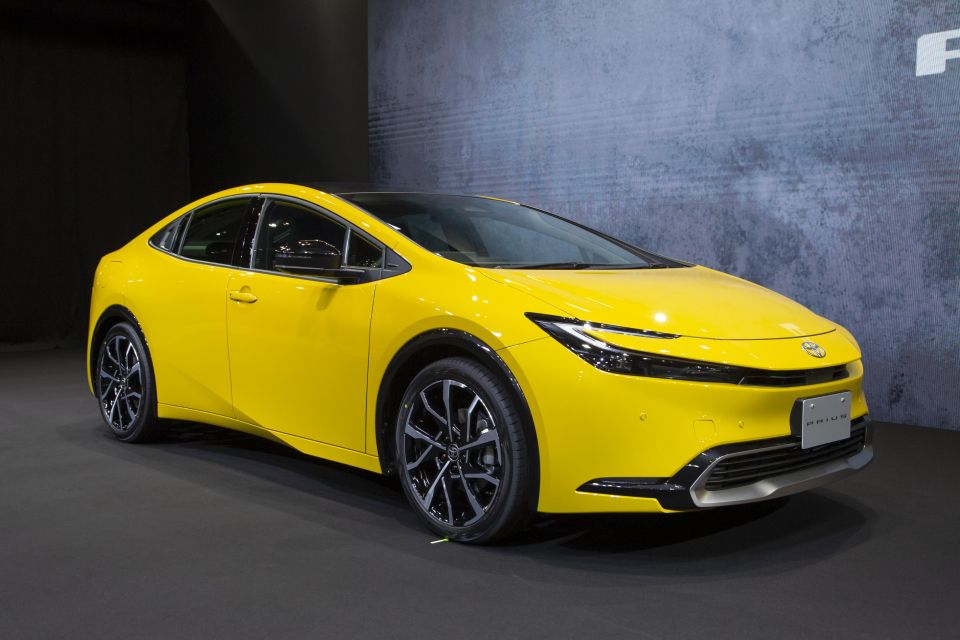
New Prius
This one’s easy, I even wrote the opinion column already! And it’s a car that’s made in RHD and readily available.
Imagine my surprise at seeing the new-generation Toyota Prius when it was revealed in November. The world’s biggest car company fretted over how to reinvent its hybrid icon in an era defined by full-electric vehicles, settling on giving it some newfound panache.
It looks great – sleek, stylish and entirely unlike what we’ve come to expect from Toyota’s longstanding eco leader. The old model was all creases and weird proportions, while multiple earlier generations were perhaps less awkward but also more boring, which is worse.
And yet it’s this latest version, which has me all starry-eyed, that will be the first Prius Toyota won’t sell in Australia. In making this decision, it took the wrong lesson from the old model’s failure to resonate, and pulled the pin at precisely the wrong time.
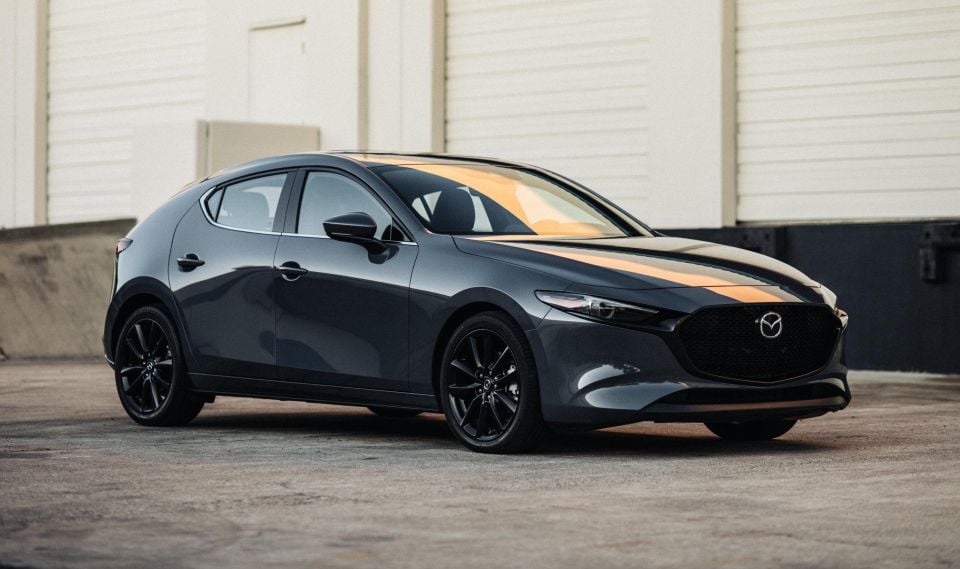
Mazda 3 Turbo
I was tempted to suggest the US-market CX-50 but I reckon Mazda has quite enough SUVs already.
What it lacks is a high-performance version of its chic Mazda 3 hatch, despite the car offering great dynamics and racy looks. This is not so in the USA, where the Mazda 3 Turbo is a member of the line-up, rivalling the Volkswagen Golf GTI and all the rest.
It runs a version of the 2.5-litre turbocharged engine used in Australia in the CX-5 and various others, producing a potent 186kW of power and 420Nm, mated to an on-demand AWD system.
Granted, it only comes with a six-speed automatic and no three-pedal option, which is a negative, but you can’t win ’em all. I’d still love to have a crack.
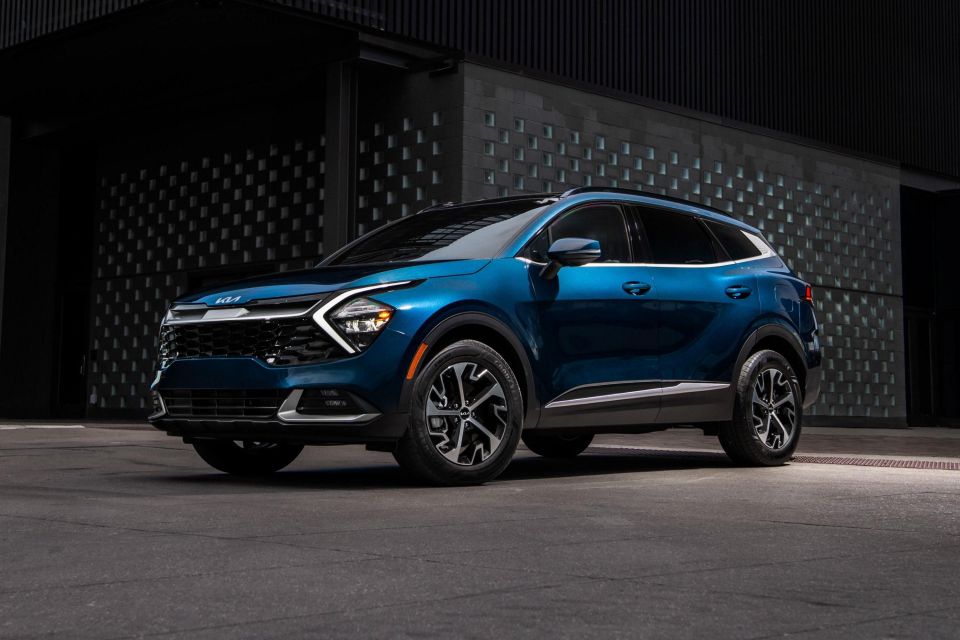
Sportage Hybrid
While it’s highly tempting to say the Telluride large SUV purely because it looks great, the real answer is the Sportage Hybrid.
Yes, Kia’s petrol-electric hybrid Sorento and Niro are in incredibly tight supply and it’s the same scenario for the bigger-selling Sportage – hence its absence – but that is no defence.
The Toyota RAV4 hybrid is Australia’s most popular SUV and needs some competition. The Sportage is among the best mid-sized SUVs out there, but between its turbo-petrol and its diesel engine option there’s scope for a hybrid.
Why? Australians love them. They often cost little more than a regular petrol and slash fuel bills. The Korean-market Sportage Hybrid uses a 130kW 1.6-litre petrol engine and a 44kW drive motor powered by a small battery, and cuts fuel use to about 6L/100km.
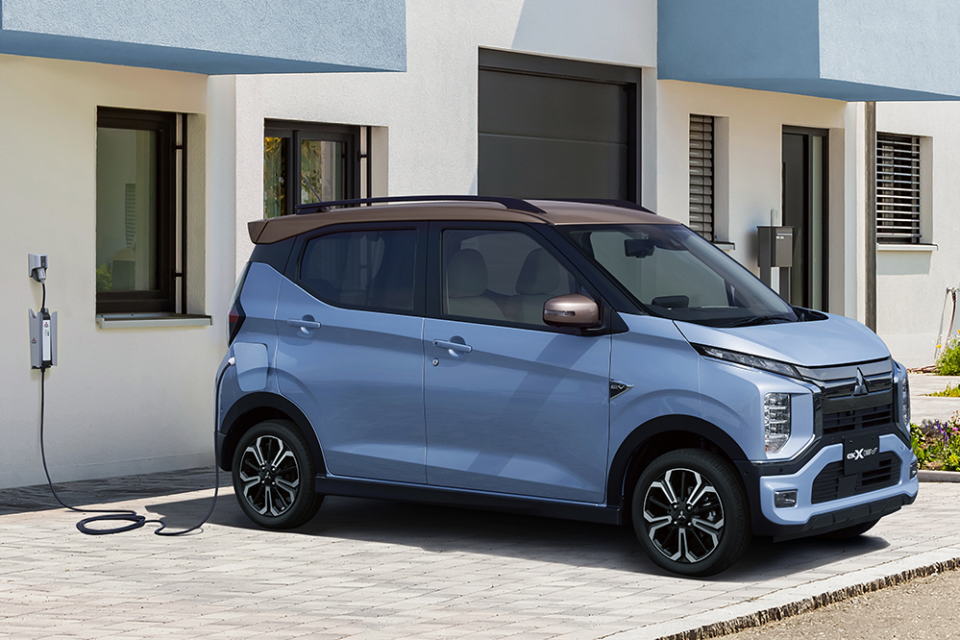
eK X EV
Mitsubishi’s i-MiEV may have been a weird-looking, impractically tiny and wildly expensive car, it was also a dead-set pioneer. After all, it was an all-electric car sold in Australia in 2010.
Fittingly Mitsubishi has just revealed what is a spiritual i-MiEV successor, meaning a tiny electric Kei car aimed squarely at Japan called the Mitsubishi eK X EV. At 3.4 metres long, it makes the 4.1m Mazda 2 look big.
Unfortunately, this time around it will not make it to Australian shores, despite the fact most of us live in congested cities, and despite rampant demand for cheap EVs. We reckon there’d be a market in inner-urban areas, even if it would struggle to meet local requirements.
Despite its tiny 20kWh battery, the Mitsubishi weighs only 1080kg, offers an urban range of 180km, and even two-way vehicle-to-load power. Its drive motor makes 47kW of power and a potent 195Nm of torque, and its regenerative braking function allows one-pedal driving.
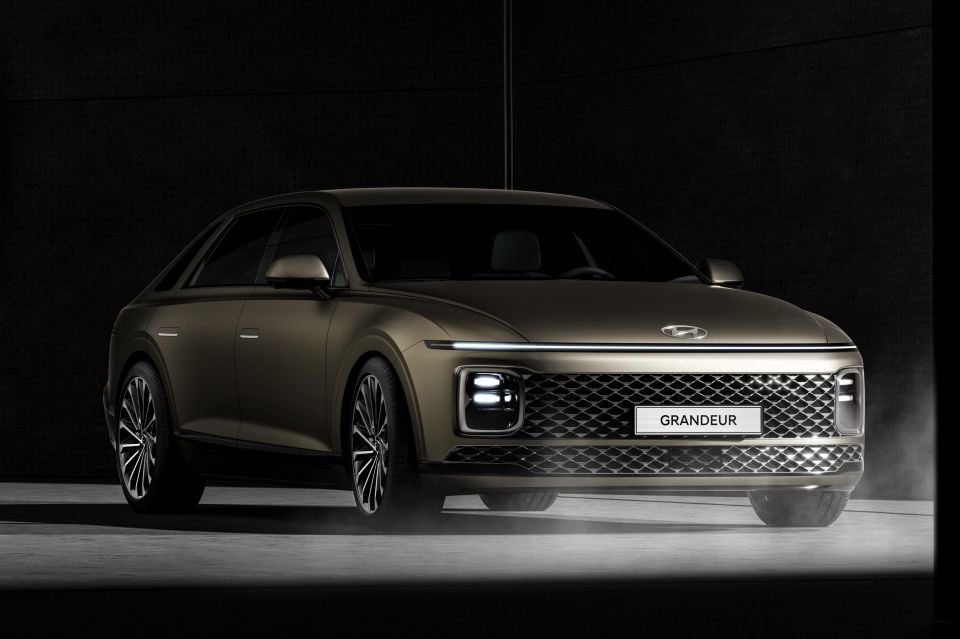
Grandeur
Remember the Hyundai Grandeur? It was the company’s flagship sedan in Australia between 1999 to 2011 across two generations. While it was retired from local showrooms, the nameplate soldiers on at home in Korea, with a brand new version revealed in October.
The profile is defined by a single character line running horizontally from headlight to tail-light, over clean and uncluttered flanks, with frameless doors and flush handles. Rather than a traditional three-box shape, the D-pillar has a gentler slope to lend a fastback silhouette.
Despite the futuristic look, its engines are old-school internal combustion – to start with at least. Options include a 2.5-litre four-cylinder petrol, a 3.5-litre six-cylinder petrol, and a 1.6-litre petrol-electric hybrid.
The cabin is billed as “an oasis for relaxation and recovery”. Designers used real wood, aluminium, and naturally dyed Nappa leather quilted in a traditional Korean pattern. Yes we know sedans are dying, but let’s not pretend this isn’t cool.

Maverick
My heart says Bronco, my soul says F-150 Raptor, but my head knows what’s up. Aussies love their utes, and there’s 100 per cent a market for right-hand drive, car-based light-duty models.
The US-focused Maverick (no, not the rebadged GQ Patrol) is no body-on-frame off-roader, rather it’s a unibody built on the same bones as the Ford Escape and Bronco Sport, aimed at city slickers who want a ute that doesn’t drive like a truck.
Measuring up at 5072mm long on a 3076mm wheelbase, 1844mm wide, and 1745mm tall, the Maverick is 374mm shorter and 133mm narrower than a Ranger. Hybrid power is standard in the USA, although there’s a petrol-only option.
I’m certain that a RHD version – not that rampant US demand makes this outcome a likely scenario – would give Ford another smash hit like the Mustang, Everest and Ranger.
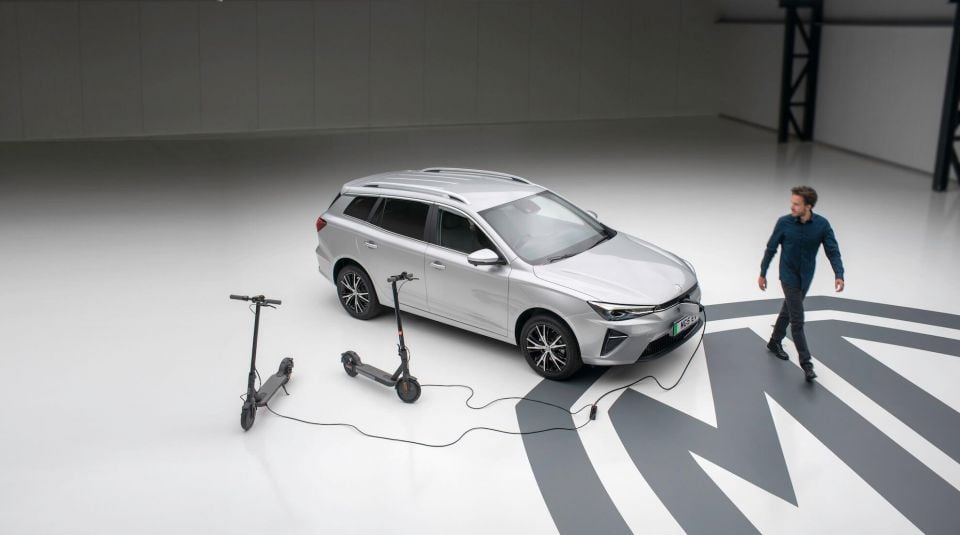
MG 5 EV
China’s MG has rocketed up the sales charts, and is an electric car leader with the ZS EV (AKA Australia’s cheapest electric car) on sale now and the circa $40,000 MG 4 EV hatch coming soon.
But one option that doesn’t come here, but does get sold in the RHD UK market, is the MG 5 EV electric wagon with more than 500km of claimed driving range, V2L functionality, and a sizeable 578L boot.
In England it also costs £1500 than the ZS EV ($A2700), meaning it would in all probability sneak in below $50,000 given the ZS’s $44,990 drive-away entry point.
Sure, it isn’t the most exciting looking car, but practical and affordable EVs are something Australia needs more of, not fewer of.
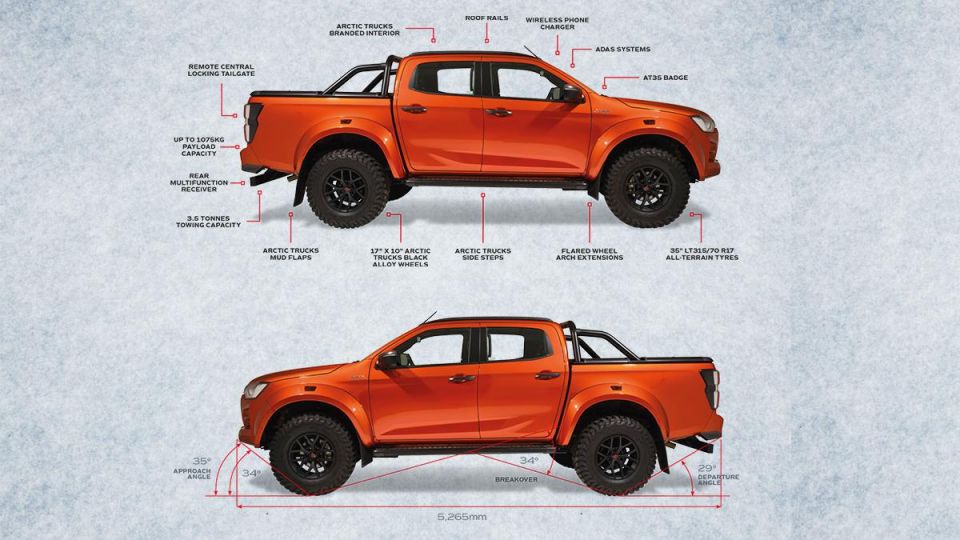
D-Max Arctic Trucks AT35
There aren’t many Isuzu products that don’t come to Australia, given the brand only makes the D-Max and MU-X and they’re both hugely popular here.
Arguably the one blind spot is the absence of a rugged range-topping modified D-Max sold in dealers, to rival the HiLux Rogue, Navara Pro-4X Warrior and all the rest.
This is not the case for our friends in the UK, where the Isuzu D-Max Arctic Trucks AT35 is sold. It comes with wild flares, Bilstein suspension, and chunky all-terrain tyres.
Granted, versions sold on the European continent make do with the 1.9-litre diesel rather than the 3.0-litre favoured by Australians, but that small and easily rectified issue aside, it looks a winner.
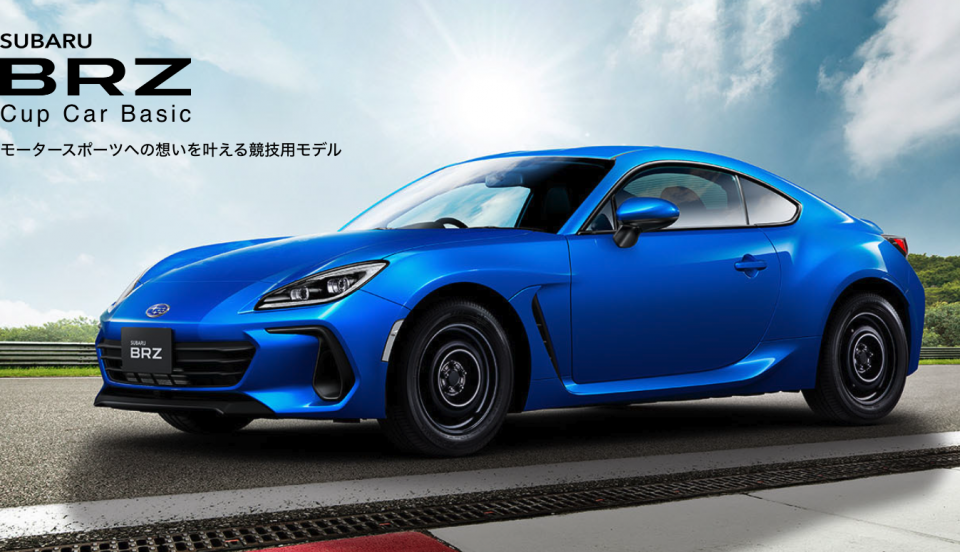
BRZ Cup Car basic
The Subaru BRZ coupe is about the most fun you can have with your clothes on, but you know what us car enthusiasts would like even more?
A stripped-out one with steel wheels, manual gearbox only, no screen inside, a cooling system update, and pre-fitment bolts for a racing harness.
In other words, almost nothing to distract you from a 173kW and 250Nm, high-revving flat-four engine and rear-wheel drive chassis.
How about a special edition, Subaru Australia?
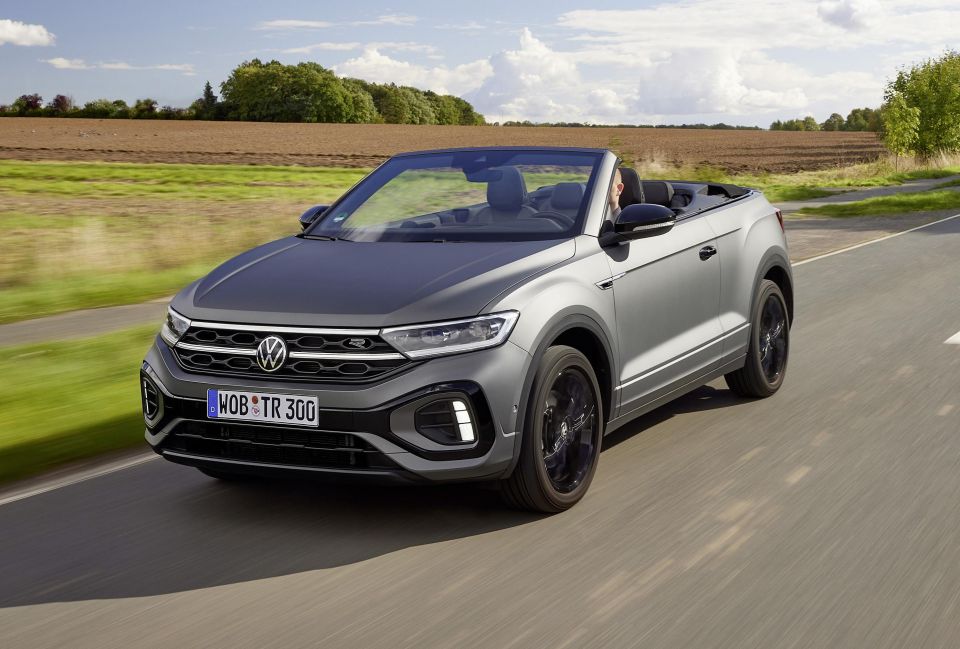
T-Roc Cabriolet
Alright, bear with me. Volkswagen Australia has a history here with short-lived convertibles such as the Golf Cabrio, the Eos, and of course the Beetle.
In Europe the company’s drop-top of choice is based on the funky T-Roc small SUV, with a chopped roof and two fewer doors.
At 4.3m long it’s roughly the size of the soft top Golf 6 (RIP), its roof drops in just nine seconds, and it has the in-vogue high-riding SUV style. Granted, the Range Rover Evoque soft-top was a failure, but this would be cheaper.
The engine is a 1.5-litre turbo-petrol with a modest 115kW and 250Nm, but who needs punch for beach cruising?


Damion Smy
6 Hours Ago
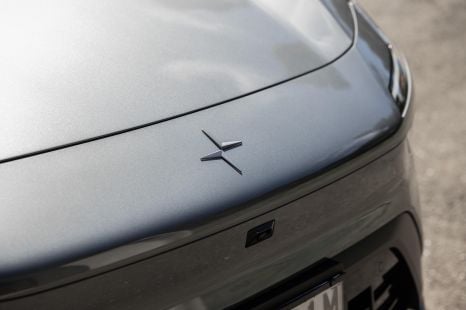

Damion Smy
6 Hours Ago


Damion Smy
8 Hours Ago
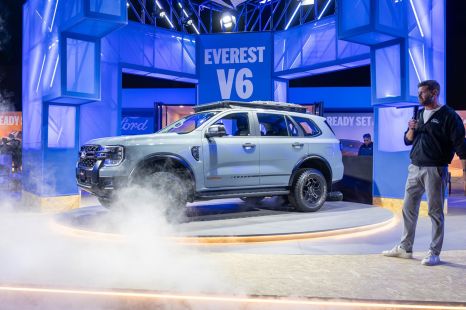

Damion Smy
10 Hours Ago


CarExpert.com.au
12 Hours Ago


Ben Zachariah
13 Hours Ago